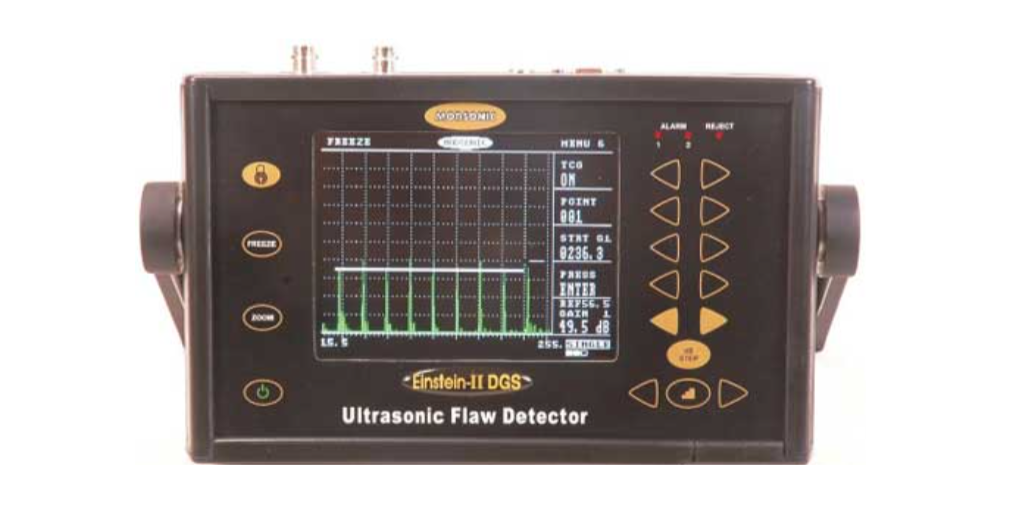Overview
Ultrasonic Testing is an NDT method applied to detect internal flaws in materials, components and
structures. Ultrasonic is sound beyond the human audible range that is 20Hz to 20kHz. Ultrasonic
inspections use frequencies of above 0.5MHz up to 25MHz to test metals, ceramics, glass,
composite and other engineering materials.

Service Details
The ultrasonic waves travel through the material with some loss of energy (attenuation) due to
material characteristics. The intensity of ultrasonic waves is measured, after reflection at interfaces
(or flaw) or is measured at the opposite surface of the specimen (through transmission). The
reflected beam is detected and analyzed to define the presence and location of flaws. The degree of
reflection depends largely on the physical state of matter on the opposite side of the interface, and to
a lesser extent on specific physical properties of that matter. For instance, ultrasonic waves are
almost completely reflected at metal-gas interfaces, partial reflection occurs at metal-liquid or metal-
solid interfaces. Ultrasonic testing has a superior penetrating power than radiography testing and
can detect flaws deep (up to 5metre of steel) in the test objects. UT is quite sensitive to small flaws
and allows the precise determination of the location and size of the discontinuities.
Ultrasonic testing is commonly used for inspecting castings, rolled bars, plates, forgings, thin sheets,
extruded components, drawn components, welds and to measure reduction in thickness of pipes,
vessels and other components.
